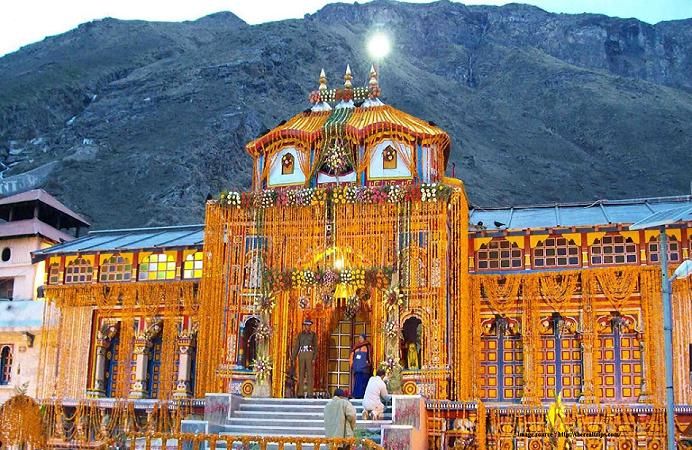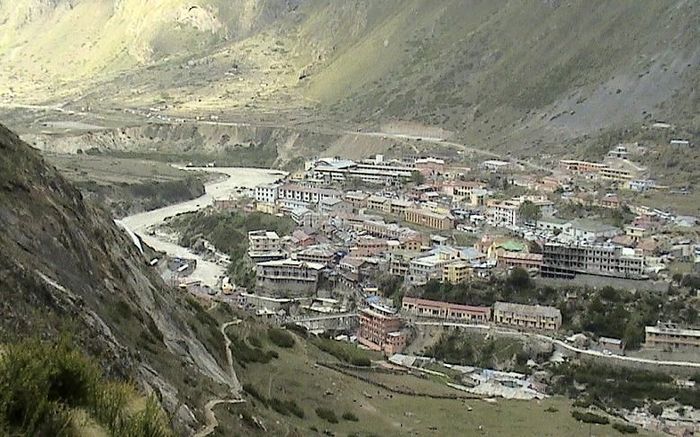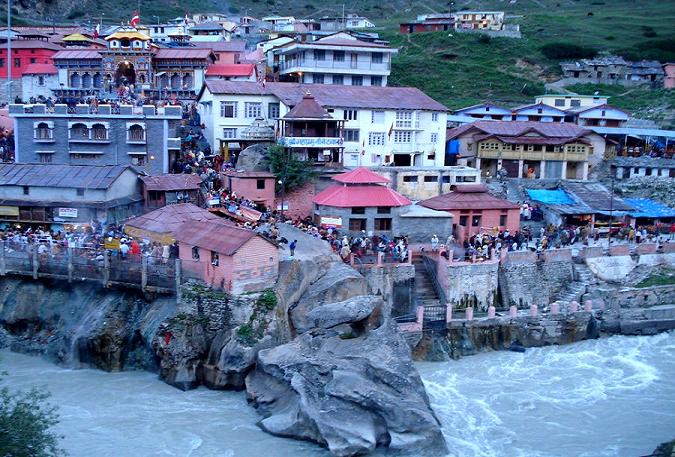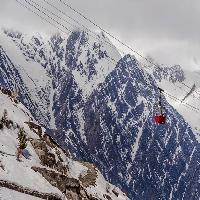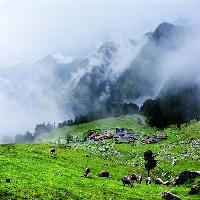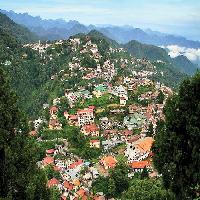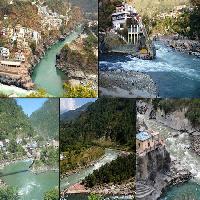Kedarnath to badrinath distance
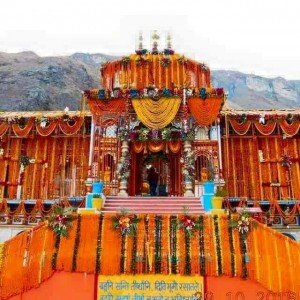
Situated in the Indian state of Uttarakhand, between Kedarnath and Badrinath, lies not only a physical distance but also an intense spiritual and emotional journey amidst the majestic Himalayan mountains. These two revered shrines are a part of the well-known Char Dham Yatra and are extremely important religious sites for Hindus. The distance, the route, and the spiritual encounters that make the pilgrimage so amazing between Kedarnath and Badrinath will all be discussed in this piece.
The Distance Between Kedarnath and Badrinath:
By road, Kedarnath and Badrinath are separated by about 211 kilometres. Although this might seem like a manageable distance, the difficult mountainous terrain and erratic weather can turn the trip into a noteworthy adventure in and of itself. The drive passes through some of the Himalayas' most breathtaking and spiritually charged vistas.
The Path:
Kedarnath:
One of the twelve Jyotirlingas and a revered residence of Lord Shiva, Kedarnath is where the journey starts. At 3,583 metres (11,755 feet) above sea level, the Kedarnath Temple is reached by pilgrims via a strenuous trek or by using mules or dolis. The stone lingam at the temple is well-known, as is the pilgrims' unwavering faith in it in spite of the difficult circumstances.
Guptkashi:
Pilgrims return to the base at Gaurikund after concluding their worship at Kedarnath. Guptkashi, which is a stopover for people travelling to Badrinath, is the next stop after that. Guptkashi is well known for its Lord Shiva temples and calm surroundings that are ideal for introspection and meditation.
Joshimath
Joshimath is a major town in the Chamoli district. As the journey continues, it leads to Joshimath. It's a must-visit location for anyone travelling to Badrinath. In addition to being home to several ashrams and temples, this is also where Lord Badri Narayan spends the winter.
Badrinath:
One of the Char Dhams and a crucial stop on the Chota Char Dham Yatra, pilgrims travel to Badrinath on the last leg of their journey. Dedicated to Lord Vishnu, Badrinath is situated at a height of 3,300 metres (10,827 feet). The ultimate destination is the Badrinath Temple, with its iconic architecture and spiritual aura. Other attractions in the area include the Tapt Kund hot springs and the Neelkanth Peak.
Spiritual Encounters:
Spiritual Purification:
The trip from Kedarnath to Badrinath involves more than just physical hiking; it also entails spiritual purification. Those who visit these shrines feel as though their souls are purified and they are absolved of their sins.
Scenic Beauty:
Enchanting meadows, pure rivers, thick forests, and jaw-dropping Himalayan vistas await visitors along the route. The area's natural beauty strengthens the sense of divine presence.
A Test of Devotion:
One's devotion is put to the test by the difficult terrain and erratic weather. Long walks, steep hills, and inclement weather are commonplace for pilgrims, all of which bolster their faith.
Cultural Immersion:
Travellers have the opportunity to fully immerse themselves in the rich regional traditions. Folklore, rituals, and customs unique to the area offer a genuine cultural experience.
In summary:
The journey from Kedarnath to Badrinath is a significant spiritual journey as well as a physical one. In addition to seeking blessings and strengthening their faith, pilgrims travel to the Himalayas to take in the breathtaking scenery and diverse cultural offerings.The enduring devotion and unshakable faith of those who set out on this holy pilgrimage through the Indian Himalayas are attested to by the spiritual encounters encountered along the way.
Cat:-

